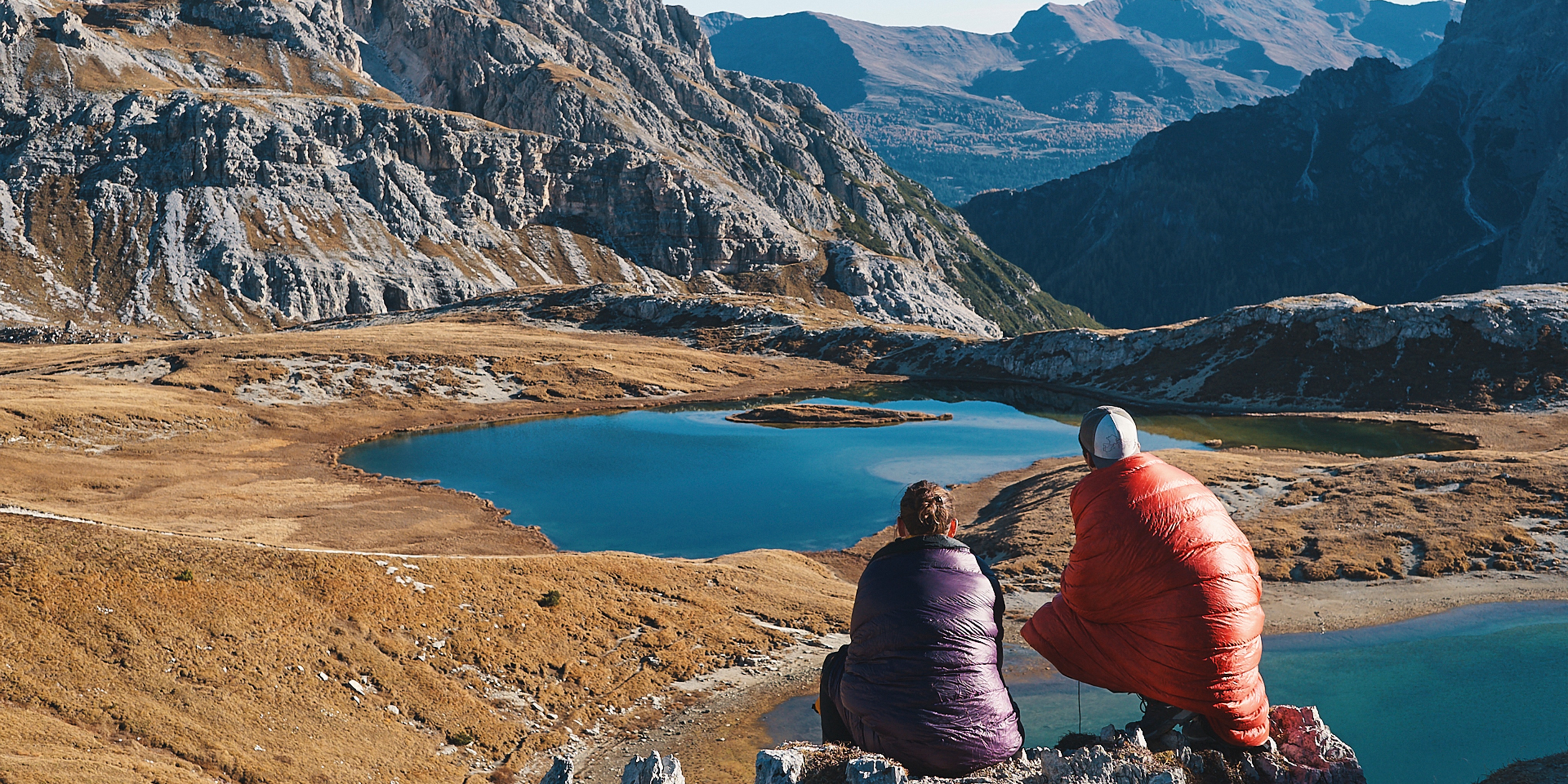All About Down Insulation
Introduction
When it comes to selecting the right insulation for your outdoor gear, there are two popular options: down and synthetic. In this article, we'll focus on the down insulation and why it stands out as a superior choice for ultralight enthusiasts.
We’ll explain fill power and how it affects the performance of down insulation. As well as shed light on the construction techniques, such as baffles, that optimize the loft and insulation capabilities of down quilts and sleeping bags.
Fill Power
Fill power, measured in cubic inches per ounce, is a key indicator of the quality and performance of down insulation.
A higher fill power signifies the ability of a particular down type to expand and fill more space. For instance, 1 ounce of 850 fill power down can loft up to 850 cubic inches, while 1 ounce of 950 fill power down can occupy 950 cubic inches.
With insulation relying on trapping air pockets, higher fill power translates to a greater number of air pockets per ounce. Consequently, a higher fill power down quilt or sleeping bag can deliver the same level of insulation while weighing less.
At Enlightened Equipment, we utilize Grey Duck Down (GDD) for our 850 fill power down and Grey Goose Down (GGD) for our 950 fill power down, ensuring exceptional warmth-to-weight ratios.
Baffle Design
To maintain the integrity and even distribution of down insulation, quilts, and sleeping bags are constructed with baffles. These mesh walls serve as compartments that prevent the down from shifting and clumping together, which impedes warmth.
Enlightened Equipment uses a U-shaped baffle design that provides the best of both horizontal and vertical baffles to prevent downshifting during sleep.
Each of our temperature ratings corresponds to a specific baffle size, enabling the item to achieve the desired loft height. Loft refers to the thickness or height of the quilt or bag when laid flat. At Enlightened Equipment, we adhere to target loft heights for different temperature ratings, ensuring optimal insulation:
Here are our target loft heights for various temperature ratings:
50°F: 1 inch
40°F: 1 1/2 inches
30°F: 2 inches
20°F: 2 1/2 inches
10°F: 3 inches
0°F: 3 1/2 inches
-10°F: 4 inches
In addition to its superior insulation capabilities, down insulation offers the advantage of packability. As shown in the accompanying photo, down items compress to a remarkably small size, allowing for maximal warmth with minimal bulk.
To learn more about our temperature ratings and our approach to rating quilts, check out our article on temperature ratings
Additional Benefits of down insulation
In addition to the benefits mentioned above, down insulation also has a number of other advantages, including:
- It is hypoallergenic, making it a good choice for people with allergies.
- It is soft and comfortable to sleep in.
- It is durable and can last for many years with proper care.
Downsides of down insulation
The primary downside of down insulation is it does not insulate when wet. This can be critical in some survival scenarios where extreme conditions leave one with wet equipment. For strategies on keeping your down gear dry, check out this article.
Conclusion
In conclusion, down insulation proves to be an exceptional choice for backpacking adventures. Our offerings combine high fill power, and efficient construction of baffles, guaranteeing superior warmth-to-weight ratios and optimal insulation performance.
Furthermore, the remarkable packability of down items allows for convenient and lightweight travel. Whether you're conquering freezing temperatures or embarking on a summer hike, down insulation is a reliable companion that ensures warmth, comfort, and convenience throughout your outdoor journey.




